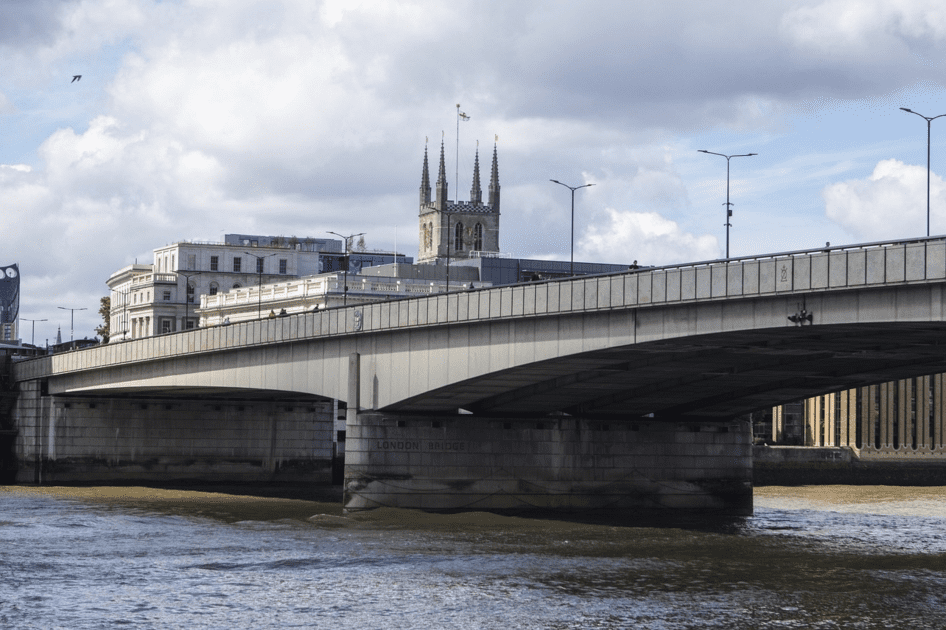Each city has its own symbols. Sometimes, these are local landmarks. For example, one of the most popular and interesting places in the capital of Great Britain is London Bridge. Its history reveals many events related to the development of the city. In addition, the bridge attracts tourists and photographers who find the perfect angle and get an unusual photo. What does its history reveal? Why is it one of the most famous bridges in London? What role does it play in the modern city? Learn more at london-future.
The history that goes back to 50 AD
The history of the bridge began during the Roman conquest of the city. Most likely they built pontoon-type bridges there. Thus, the Romans managed to create a unique route to the city. A permanent wooden bridge was built around 50 AD. Due to certain historical events, it was destroyed more than once. However, the object was always rebuilt. The wooden bridge remained relevant and important for many years. In the 5th century, it faced decline because the Romans gradually left the city. The further fate of the bridge was very eventful. It was probably rebuilt several times. For a long period, it was a convenient transport route for traders and a road through which the enemy army entered London. Therefore, the bridge often had to be destroyed. One of the most famous revivals of this object took place in 1066 during the reign of William I.
A new stage in the development of London Bridge was the decision of King Henry II. He ordered the construction of a new stone bridge with a chapel in the middle. Such an architectural project was dedicated to Archbishop of Canterbury Thomas Becket, who was killed in 1170. The construction of the bridge lasted about 30 years and was completed in 1209. At that time, the bridge looked significantly different from the modern one. Its main features were the arches at the base. There were also many houses on it. The largest number of them (approximately 140) was observed at the end of the 14th century. A little later, some buildings were merged and most of them were completely rebuilt. In the 17th century, almost all houses had four or five floors. There were also isolated six-story buildings. The first floors usually housed shops. For this reason, London Bridge remained one of the main shopping spots of the city for a long time.
Further history and current state
A large-scale fire occurred in London in 1633. Then part of the houses in the northern part of the bridge burned down. However, the event, which, at first glance, seemed terrible, became the impetus for the implementation of certain fire prevention measures. In 1666, they helped prevent the spread of the Great Fire of London on a large part of the bridge. The London Bridge Act was passed in 1756. According to it, representatives of the City Corporation could buy buildings on the bridge and subsequently demolish them. After that, the bridge road was widened.

1973 can be considered the modern stage of the bridge’s development. Then the new concrete and steel girder bridge was created. Nowadays, London Bridge is owned and maintained by Bridge House Estates. It carries the A3, which is classified as a trunk road connecting London and Portsmouth. Overall, the bridge has been repeatedly depicted in various works of art and remains symbolic of the city due to its long history.